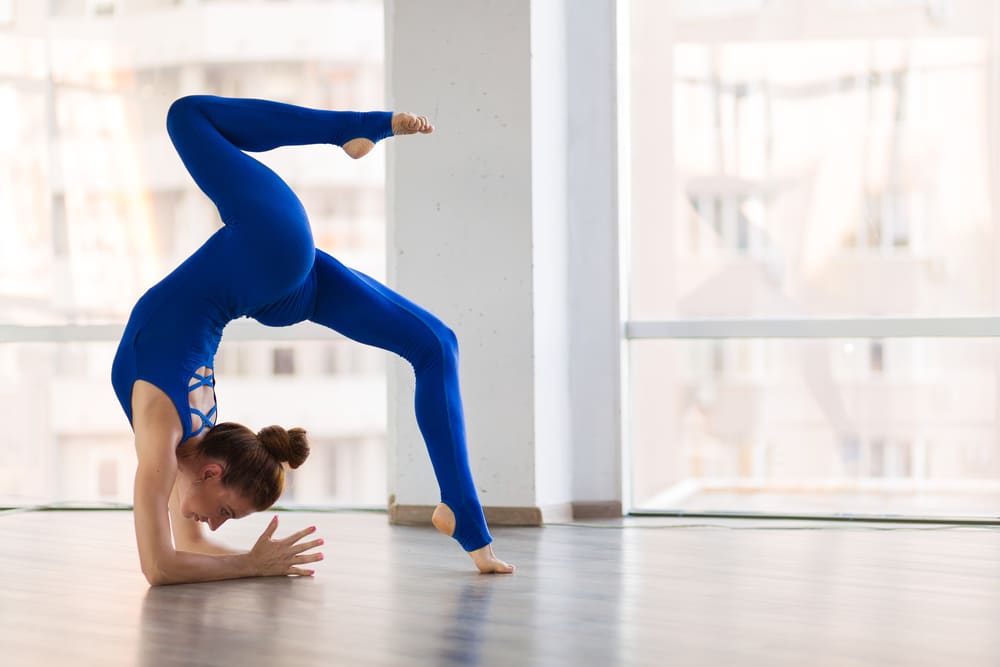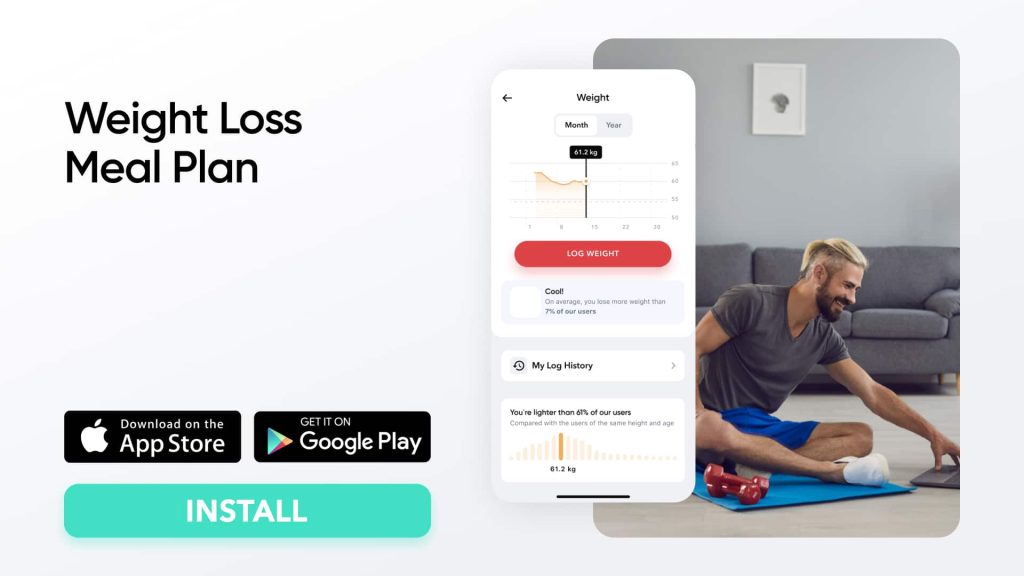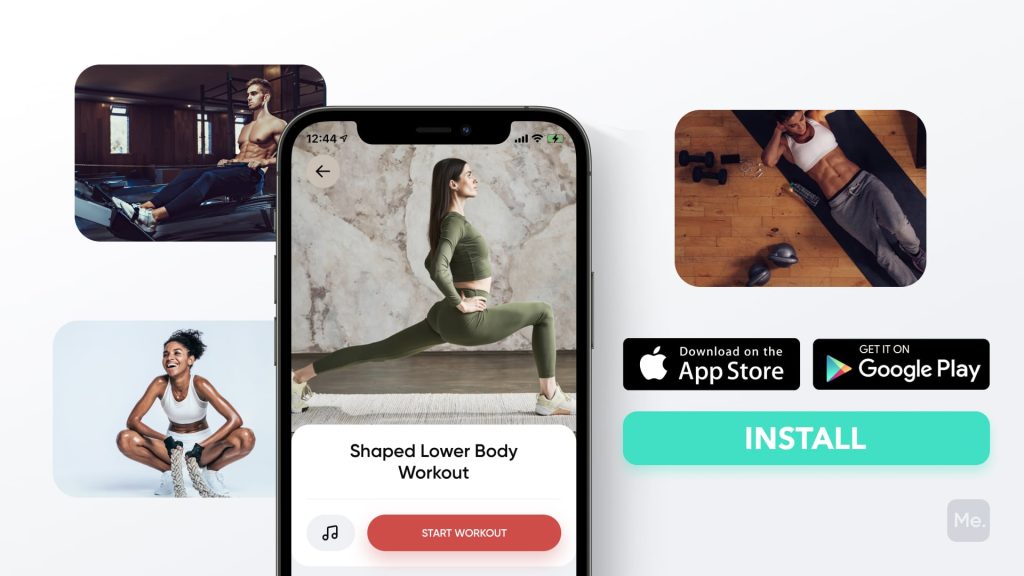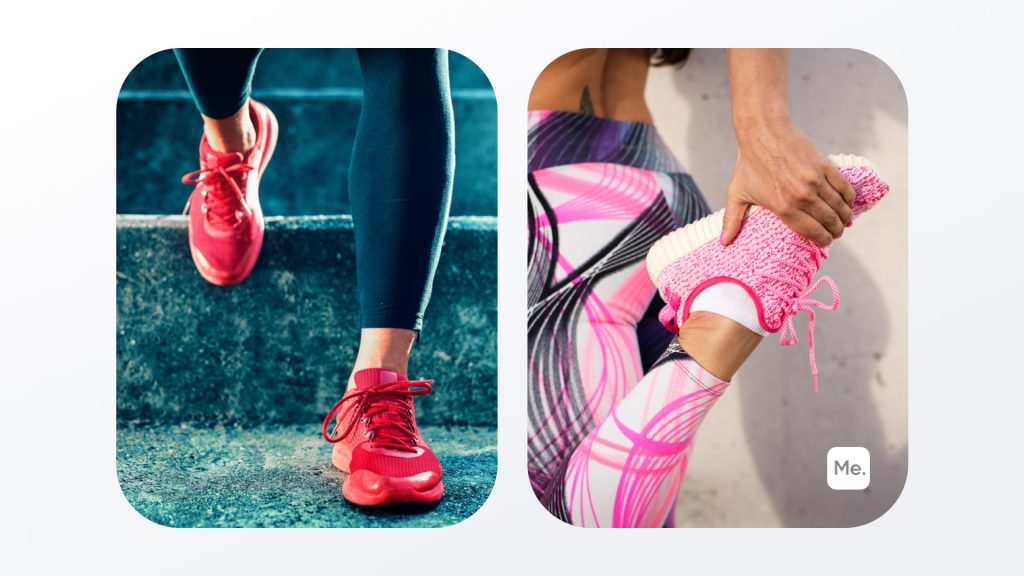We all find ourselves with the need to sprawl out and stretch. This could be due to sitting down for hours, a long car ride, or hours of sleep. Regardless, listening to your muscles and giving them a good stretch is important for fighting muscle tightness and injury. Some of the best stretches recommended by therapists are static stretches. Although many people may not be familiar with the term, they have done plenty of such stretches. These stretches require you to hold the stretching position for some seconds without any movement. Today we go over examples of such stretches and why they are great additions to your workout routine.
What Is Static Stretching?
Before we delve into some of the static stretches to perform, let us first get an idea of what they are. Typically, there are two types of stretches: static and dynamic stretches. Understanding the difference between dynamic and static stretches is crucial to help determine the right exercises matching your fitness program.
Static stretches have you stand, sit, or lie still and hold in a single position for some time. Their focus is on putting tension on specific muscles (1). According to WebMD, these stretches are perfect after your workout as part of your cool-down session (1).
On the other hand, dynamic stretches involve stretches that use a range of motions to activate or wake up your muscles and joints. Therefore, these controlled movements are perfect as part of your warm-up routine as they prepare your muscles, joints, and ligaments for performance (1).
Benefits Of Static Stretching
Holding your stretch for a few seconds has several benefits. Besides the overall benefits of stretching, including improved balance, posture, and flexibility, static stretches also:
- Increases sit and the range of motion (ROM). A 2012 study discovered that the static stretch condition increased the sit and ROM (3).
- Increases relaxation and the elongation effect on muscle, which also increases the range of motion (ROM).Better athletic performance
- Boosting the flexibility due to increased muscle flexibility that enhances your ROM, speed, agility, and muscle strength (3).
Read More: Pulled Hamstring Stretches That Will Put The Pep In Your Step – Literally
What Are 5 Examples Of Static Stretches?
There are many static stretch examples, each targeting different muscle groups. Here are five of the best stretches to consider adding to your workout plan:
Cobra Stretch
The Cobra Stretch is a powerful muscle-strengthening stretch when performed correctly and regularly. It is mainly associated with alleviated back pain, a stronger spine, and stretched chest muscles, shoulders, and abdomen (4). To do this pose (4):
- Lie face down with your body fully extended. Position the tops of your feet firmly on the ground and hips-width apart.
- Slowly bring your hands under your shoulder blades with your palms facing down.
- Press through your hands to lift your upper body and head into a low cobra. Be sure to press lightly because pressing too much weight in your hands may disrupt how you lift your lower back muscles. The idea is to press lightly so that you also lift your lower back muscles gently.
- Once in the low cobra stance, press gently into your hands and activate your abdominal and back muscles to lift higher into a deeper backbend. Keep breathing normally and position the shoulder blades back and down as you draw your chest forward.
- Remain completely static in this stance for a few breaths while keeping your gaze neutral but slightly facing up.
- Exhale and slowly lower to the ground.
Standing Hamstring Stretch
As the name implies, this static stretch targets your hamstrings. It helps fight tightness in these muscles, alleviate back pain, and improve posture (5). Here are the steps to take to help you attain this stretch (5):
- Start in a standing stance with your body positioned upright and your spine in a neutral position.
- Bring your right leg in front of your body. Flex the foot, the heel to the floor and toes toward the ceiling. Keep the left knee slightly bent.
- Gently lean forward and then place the hands on the straight right leg. Be sure to maintain a neutral spine.
- Hold this stretch for 10 to 30 seconds, or longer, if desired.
- Repeat two to four times.
Calf Stretch
Calf stretches are among the effective post-workout stretches to perform to fight tightness and soreness in the calves. Typically, you can perform the calf stretches with or without a wall. Here are the steps to take in both instances (2):
With A Wall
- Stand in front of a wall at least arm’s length away. Place the right leg in front of the left, then reach for the wall using both arms.
- Press the back heel (left) into the floor and straighten the back leg (left) while keeping the front one (right) bent.
- Hold while in this stance for 15 to 20 seconds, top stretch the calf muscles.
- Repeat on the other leg.
BetterMe app will kick you out of the mental funk, shake off your extra weight, rid you off your energy-zapping habits, and help you sculpt the body of your dreams. Intrigued? Hurry up and change your life for the better!
Without A Wall
- Start in a standing position, then position your right leg in front of the left one.
- Shift your body weight onto the right (front) leg while keeping the left (back) heel firmly pressed to the floor.
- Hold this position for 15 to 20 seconds.
- Repeat the stretch on the other leg.
Seated Butterfly Stretch
This stretch targets the lower back, hips, and thighs to encourage flexibility, fight stiffness, reduce pain, and increase range of motion. To do it:
- Start in a seated position with your legs folded in front of you. Maintain an upright position, align your head with your spine, and then place your hands on the top of your feet.
- Exhale, brace your abs, and slowly bend forward from your hips. Lower until your elbows rest against the inside of your thighs, and then push the thighs downward. Keep your back straight without any arc and your head aligned with your spine. You will feel a stretch through your inner thighs.
- Press downward and maintain this stance for 15 to 30 seconds. Note that you should not push to the point of pain or bounce as it changes the stretch from static to dynamic. You can also hold onto your ankles to help maintain this position. Slowly return to your starting position and repeat 2 to 4 times when the time elapses.
Read More: 7 Wrist Stretches To Relieve Pain And Improve Mobility
Lying Hamstring Stretch
The lying hamstring stretch is one of the best static legs stretches before a workout. It helps loosen tight hamstrings, which is important before starting your exercise regimen (5). It is easy to perform, and you can perform this stretch with or without a strap. Here are the steps to take in both cases (5):
Without A Strap
- Lie on the ground facing the ceiling with your legs fully stretched out.
- Start by stretching the right leg. To do so, hold the back of the right knee using both hands and then pull the leg up towards the chest. Slowly straighten the knee until it feels a stretch or to your point of comfort.
- Breathe normally and hold the stretch for 10 to 30 seconds.
- Slowly lower the leg and repeat on the left leg.
With A Strap
- Lie on your back on a mat, or a flat surface with your legs fully stretched out.
- Start by stretching the right leg; to do so, bend it and place the strap across the ball of the right foot.
- Hold the strap using both hands.
- Keep the left leg stretched on the floor with its foot flexed. It will help push the calf and thigh toward the floor.
- Flex the foot and slowly stretch the right leg. Keep it straight but maintain a slight bend in the knee. Similarly, position the bottom of the foot so that it is facing the ceiling.
- Slowly and gently pull the strap until you experience a slight tension in the hamstrings.
- Hold the stretch for 10 to 30 seconds.
- Repeat 2 to 4 times.
These are some of the best static stretches to perform before and even after a workout. Although they appear simple to nail, be sure to take your time to master the correct technique. Also, consult your trainer for more guidance on adding them to your workout plan.
Lean and toned up body isn’t just a far-fetched fantasy. Check out the BetterMe app and watch it propel your weight loss journey into high gear!
The Bottom Line
Static stretches refer to stretches that require an individual to hold the stretching position for a few seconds. Some static stretch examples include the Cobra stretch, Seated Butterfly Stretch, Calf Stretch, and Standing and Lying Hamstring Stretch. These stretches increase the range of motion, flexibility, posture, relaxation, and athletic performance. It would be best to talk to your trainer if you are interested in adding these exercises to your workout plan.
DISCLAIMER:
This article is intended for general informational purposes only and does not serve to address individual circumstances. It is not a substitute for professional advice or help and should not be relied on for making any kind of decision-making. Any action taken as a direct or indirect result of the information in this article is entirely at your own risk and is your sole responsibility.
BetterMe, its content staff, and its medical advisors accept no responsibility for inaccuracies, errors, misstatements, inconsistencies, or omissions and specifically disclaim any liability, loss or risk, personal, professional or otherwise, which may be incurred as a consequence, directly or indirectly, of the use and/or application of any content.
You should always seek the advice of your physician or other qualified health provider with any questions you may have regarding a medical condition or your specific situation. Never disregard professional medical advice or delay seeking it because of BetterMe content. If you suspect or think you may have a medical emergency, call your doctor.
SOURCES:
- Best Dynamic Stretches for Older Adults (2021, webmd.com)
- Calf stretches and how to do them (2020, medicalnewstoday.com)
- Effects of Dynamic and Static Stretching Within General and Activity Specific Warm-Up Protocols (2012, ncbi.nlm.nih.gov)
- The Secret to a Powerful, Pain-Free Cobra Stretch (2021, yogajournal.com)
- What are the best stretches for tight hamstrings? (2022, medicalnewstoday.com)











